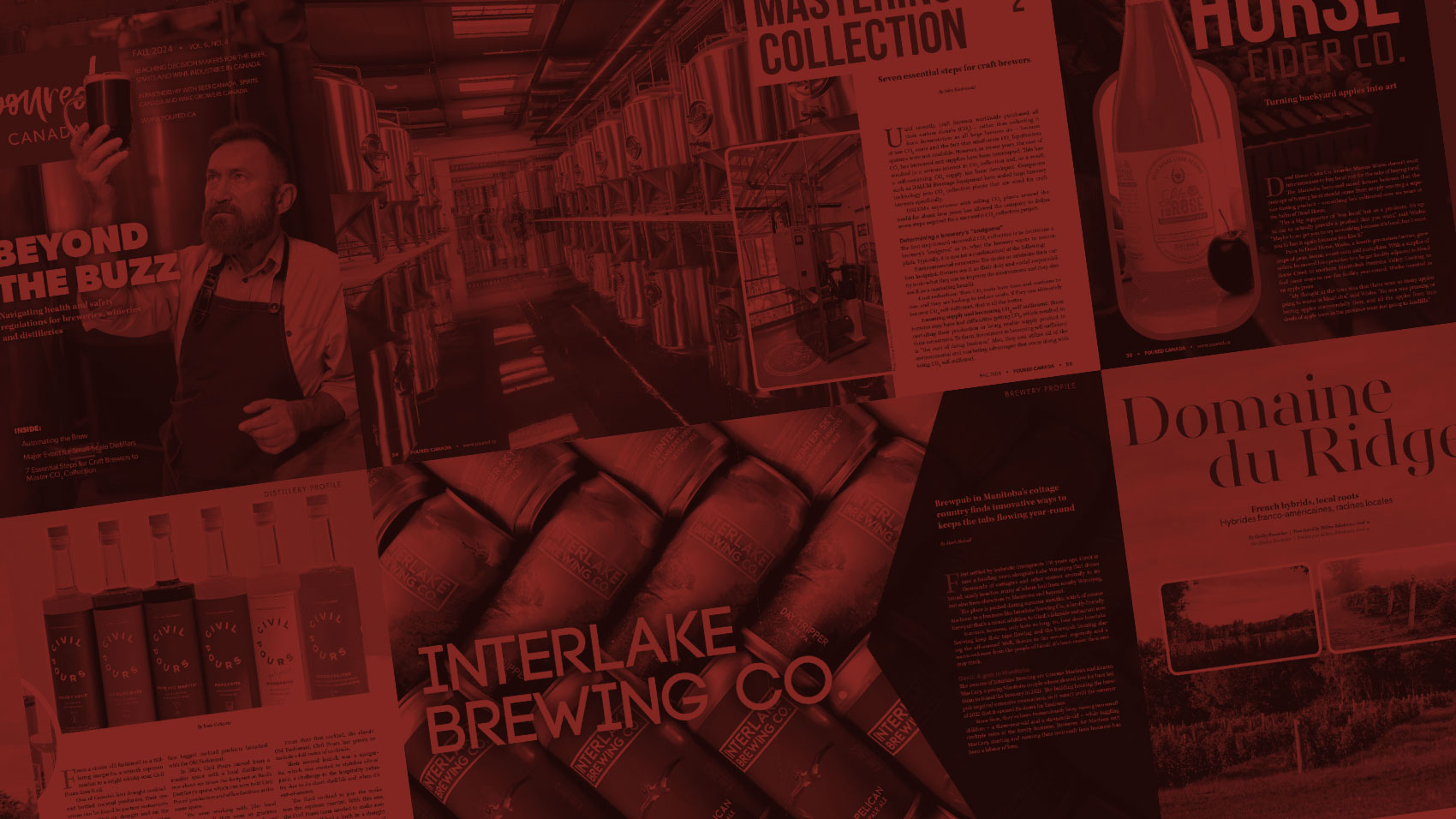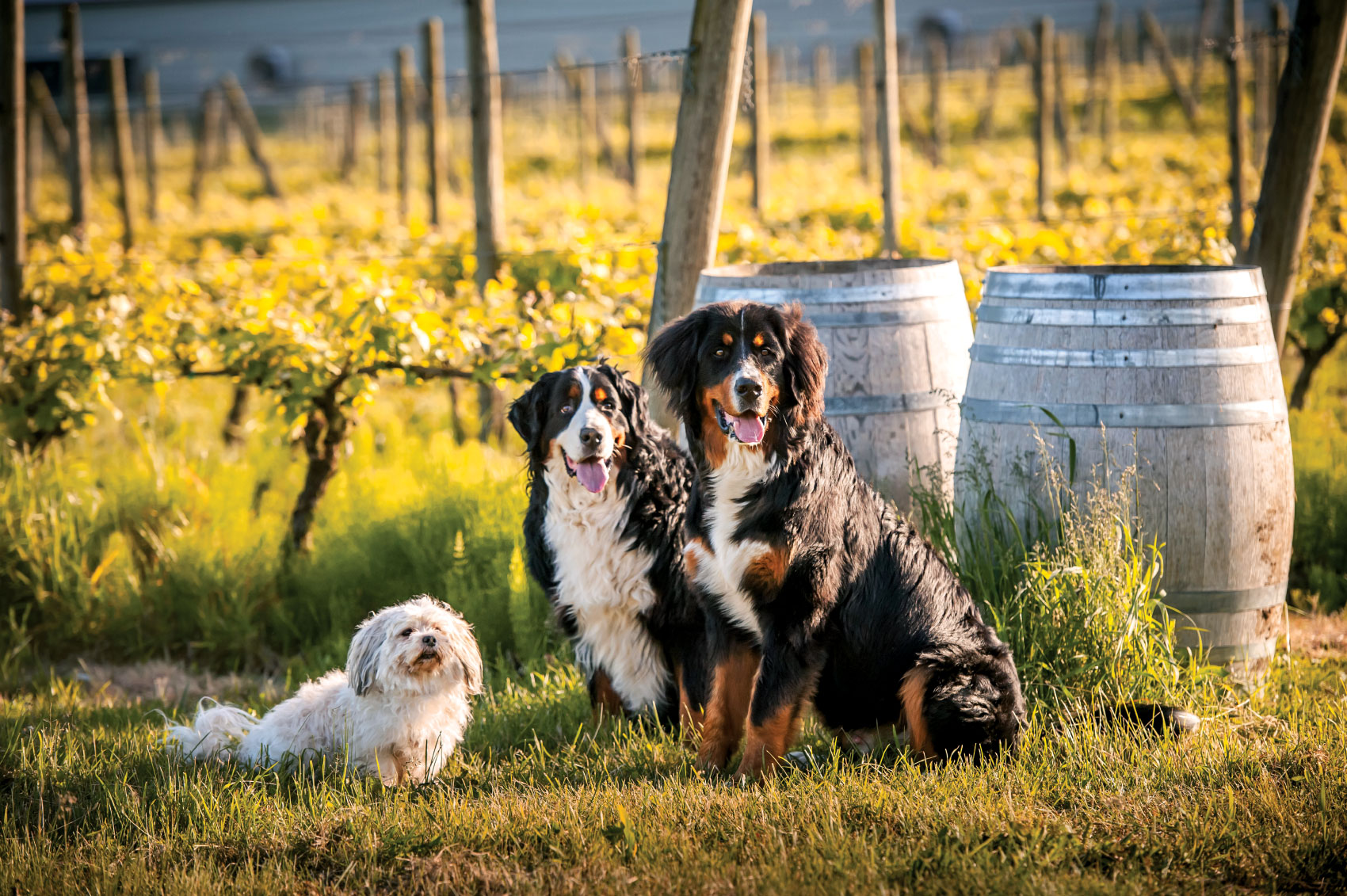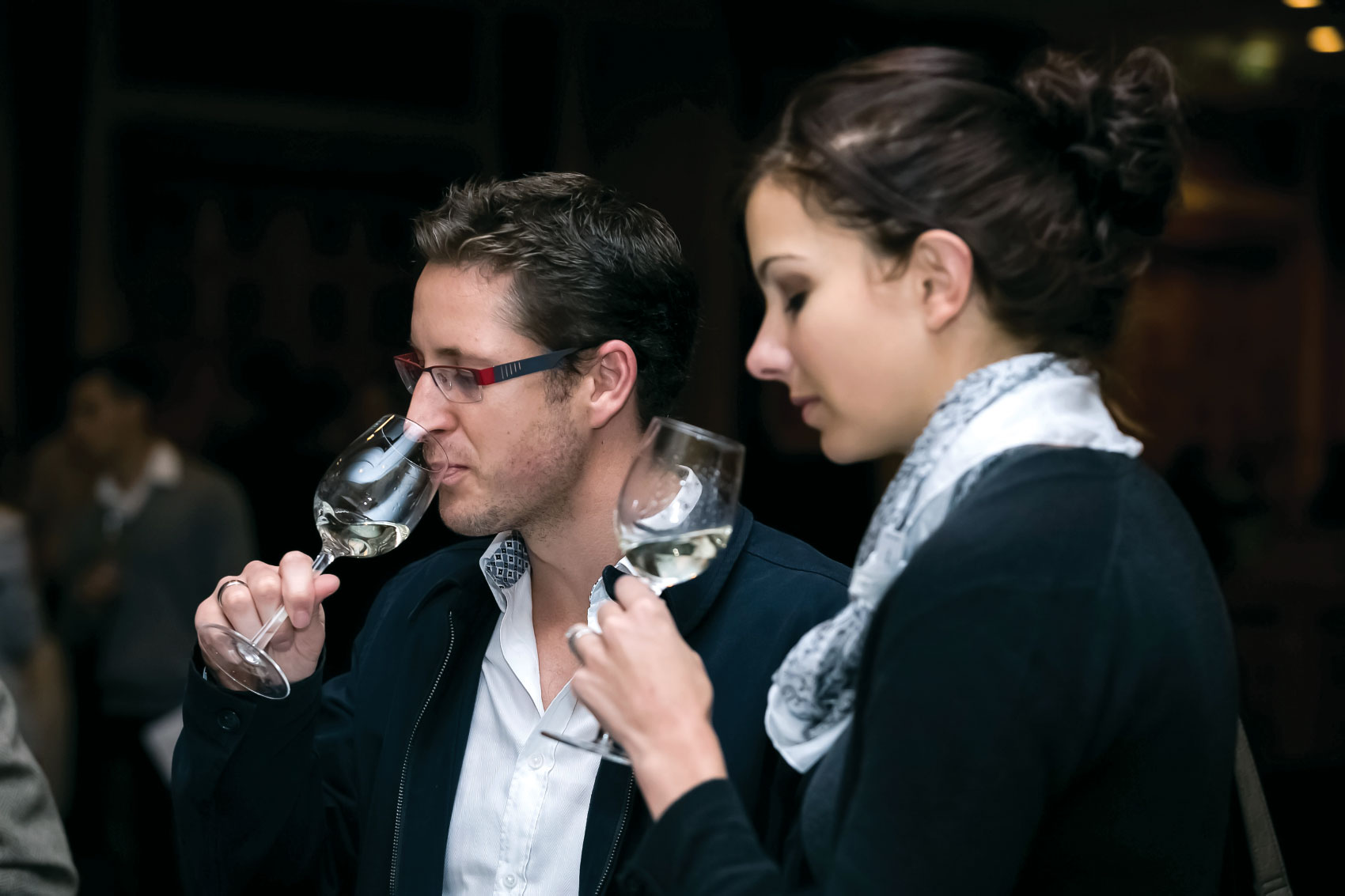You’ve tinkered and tested and trialed your product until it’s reached perfection – now, it’s ready to be entered into a competition. Whether you’re a brewer, distiller or vintner, there’s bound to be some anxiety associated with competing if it’s your first go-around. Will you take home a top prize and bragging rights, or walk away with nothing to show except a bruised ego?
We approached the experts to learn the inside scoop about what’s going on inside the judges’ minds as they score your entry. From getting a spirit’s texture just right, to integrating a wine’s components flawlessly or nailing a beer’s intention, these are the tangible – and sometimes intangible – qualities that will help an entry make a lasting impression.
Precision over power
When it comes to competitions, what stands out has changed over time.
For wine, bold, fruit-forward entries have historically dominated competitions. Their immediate impact is undeniable, particularly in settings where judges might evaluate 50 or more wines a day. These wines made a quick impression with their big, expressive flavours, establishing them as the favourites of many competitions. However, in recent years, there’s been a notable shift. Wines that showcase precision, balance and energy are increasingly taking home top medals.

Natalie MacLean, bestselling author of Red, White and Drunk All Over, Unquenchable and Wine Witch on Fire, and the World’s Best Drinks Writer according to the World Food Media Awards, said, “These wines might not be the loudest voices in the room, but they speak with a clear message.”
The appreciation for precision is expanding beyond wine. In fact, one of the most memorable tasting experiences for Charlene Rooke, drinks editor for LCBO Food & Drink, Wine & Spirit Education Trust (WSET) spirits educator and lead judge at the Canadian Artisan Spirits Competition, came from a unique and refined spirit.
“I blind-tasted what was identified as a braggot (a malted-barley and hop spirit that derives from both beer and honey). That was the first one I’d ever tasted or heard of! And I’m quite fascinated by the Acerum – [a] spirit distilled from maple syrup – coming out of Quebec. They remind me of funky, Agricole-style rums,” said Rooke.
The nuances are stopping judges in their tracks these days.
Getting competition-ready
To make sure a product is ready for judging, experts suggest recreating the competition atmosphere long before you enter. One of the best ways to prepare is by blind-tasting your products in advance. This can be especially helpful for brewers or distillers with a broad portfolio.
“Taste your beers blindly,” said Lauren Richard, head judge of the 2024 Canada Beer Cup. “Maybe you have a lot of lagers. Invite your staff to go through them without bias, focusing on the ingredients and the intention behind each brew. Have you achieved that intention, or are you pulling from different categories?”
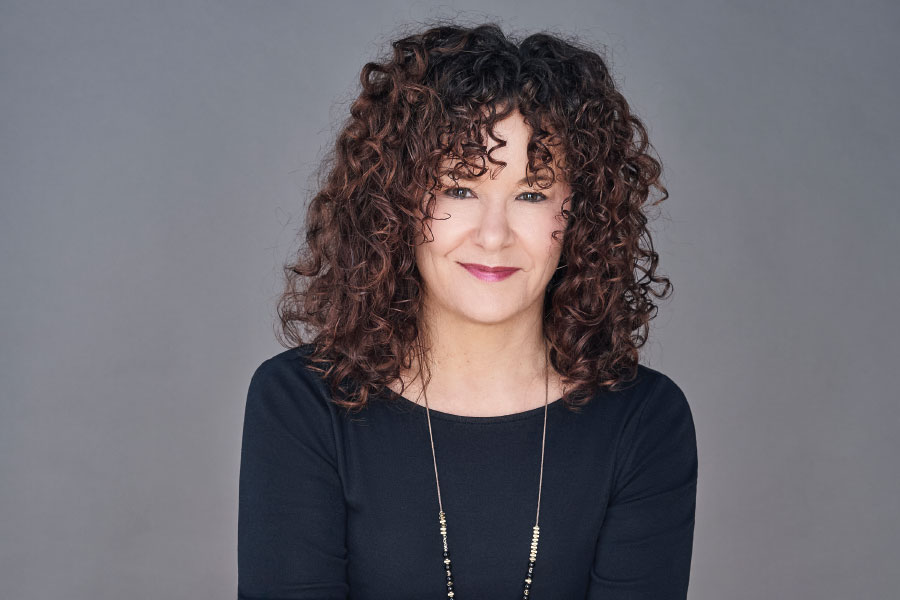
Rooke agrees, noting the importance of collecting as much feedback as possible in the preparation process. “For spirits, it’s essential to consistently taste your products with sensory panels that include not just production staff, but also others within your distillery, and even members from outside the industry,” she said. “Tasting against competitor products before you bottle your spirit ensures consistency and the balanced quality that’s essential for success.”
Taking time to evaluate your product from multiple angles to get a wide range of opinions is your best chance at making sure your entry is prepared for the competition stage.
Creating a winning product
So, what does it take to snag the top prize? For spirits, while complexity and aroma are key factors, there’s one characteristic that can really set your product apart: texture.
“In craft spirits, what really makes a product stand out is its smoothness,” said Rooke. “Many spirits may have intriguing flavours, but if the alcohol isn’t well-integrated or if the texture is rough, it detracts from the overall experience. A smooth, refined texture elevates the product, allowing all the elements – flavours, aromas and body – to shine through.”
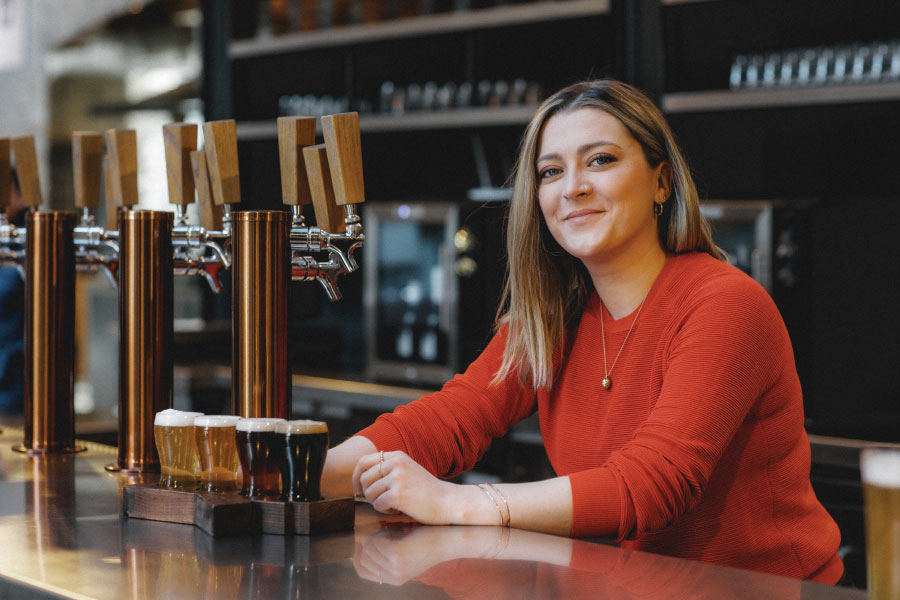
For wine, the ability to tell a compelling story in a glass is what earns MacLean’s top marks.
“What makes a wine stand out is its ability to evolve from the first sip to the finish,” she said. “It should reveal layers of complexity. These wines don’t shout for attention – they engage with you, telling a story about their origin and their development over time. When a wine integrates its components – acidity, tannins, alcohol, fruit and aroma – in a harmonious way, it performs well.”
The intangible factor
While technical perfection is somewhat expected in a competition setting, there’s one intangible quality that can set a product apart, something that can’t be quantified on a scorecard: the excitement, surprise or emotional connection a product elicits. That’s what turns a good product into something unforgettable.
“It’s never just about technical perfection,” said MacLean. “There’s something exciting, even surprising, that sets great wines apart. When a wine can transport you to the vineyard, evoking the soil, the climate and even the winemaker’s philosophy, that’s when it transcends being just a good wine – it connects with you emotionally.”
While that quality may not be something a judge can score, there’s no doubt it will set your product apart from the others.
In craft spirits, what really makes a product stand out is its smoothness. Many spirits may have intriguing flavours, but if the alcohol isn’t well-integrated or if the texture is rough, it detracts from the overall experience. A smooth, refined texture elevates the product, allowing all the elements – flavours, aromas and body – to shine through.
Charlene Rooke, lead judge of the Canadian Artisan Spirits Competition and WSET drinks editor
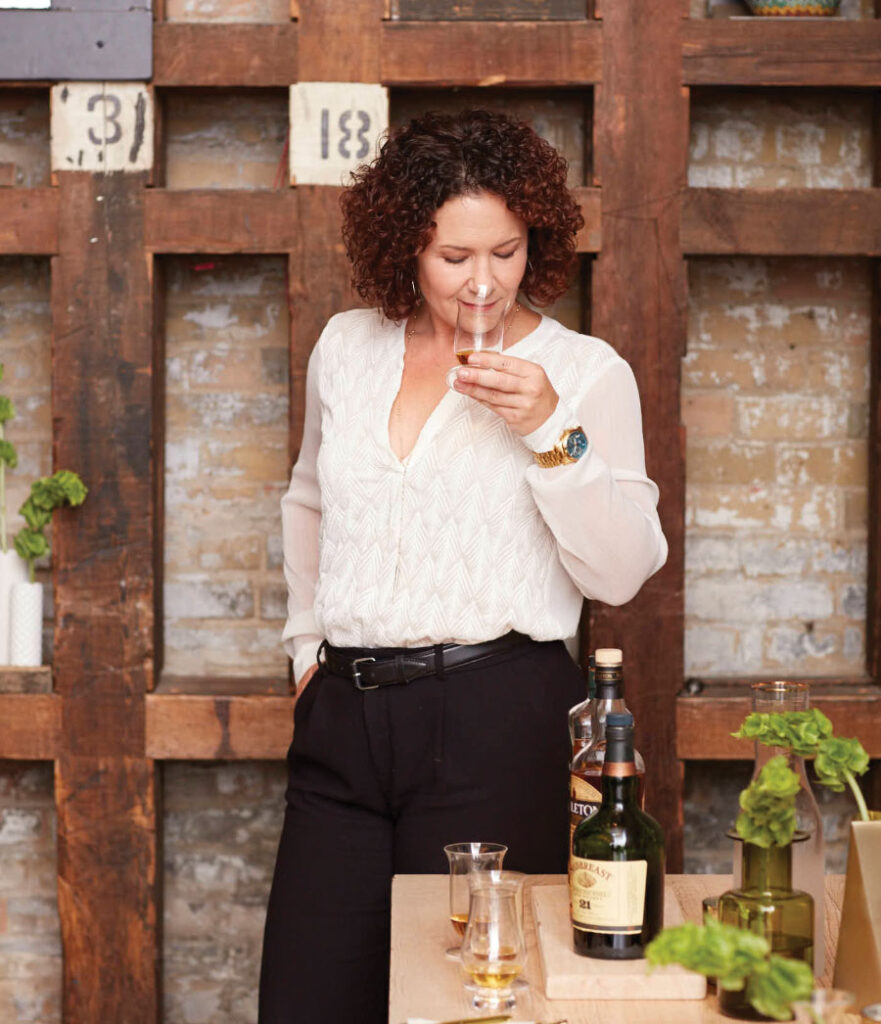
“The intangibles are something you can’t define with a guideline,” said Richard. “It’s like hearing a singer hit a high C, but there’s a texture, a quality, something refined – and unrefined – that lets you feel it deeper.” It’s exactly this quality – the emotional resonance – that helped solidify one beer into Richard’s mind forever.
She recalls a recent Best of Show competition where a Pile O’ Bones Witbier caught the judges’ attention. “It gave us chills,” she said. “It came down to two beers. The one that wasn’t selected was technically perfect – it was clean, crisp and hit all the marks. But the Witbier, we couldn’t stop talking about it. It solidified a moment in time, and we knew we’d remember it long after the competition.”
Editor’s Note: read our exclusive interview with Pile O’ Bones on their 2024 Canada Beer Cup win.
Go in with a strategy
Perhaps the lowest-hanging fruit from our experts is to know your product better than anyone else and be sure to communicate its intention clearly. This is key for standing out in a competition environment, which is far different from a casual bar setting.
“If you say your beer is barrel-aged in cognac, make sure that characteristic is evident,” said Richard. “Don’t mislead judges with claims that the beer can’t back up. We judge based on your description, so be clear about your intention.”
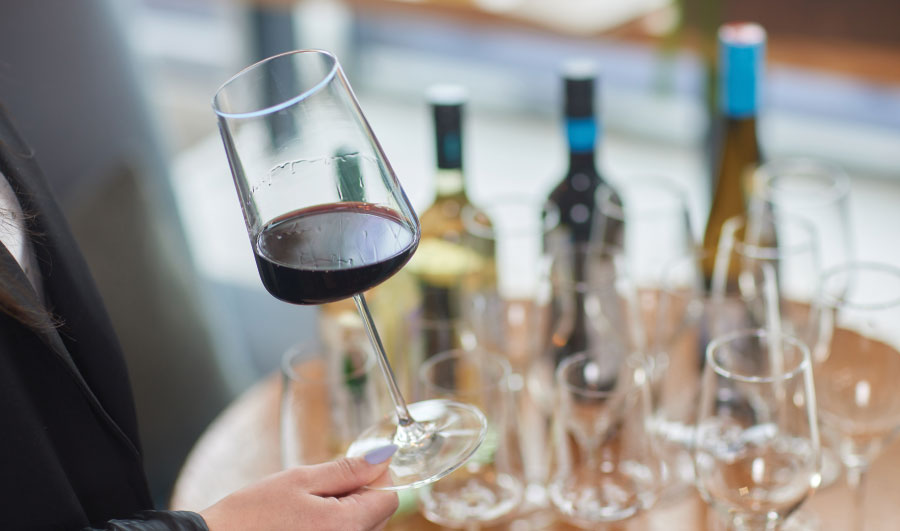
“If you’ve crafted a high-ester rum or a cask-strength whisky, it’s important to note that in your product notes – it can influence the way judges evaluate it,” Rooke said.
The competition environment is also unique in how products are experienced, so select an entry that performs well under the pressures of judging.“ First-time entrants often make the mistake of entering their most expensive or ambitious wine. I recommend starting with your most consistent performer – something that shows well across various temperatures and timeframes, even after hours of being open. That’s what your product will face during competition,” said MacLean.
Is it true that there are make-or-break moments from the first sip? Considering that a competition panel is a highly focused, critical environment, technical flaws can immediately disqualify a product, and there are some issues that are impossible to recover from. “Technical flaws like excessive volatile acidity or Brettanomyces can immediately disqualify a wine,” said MacLean.
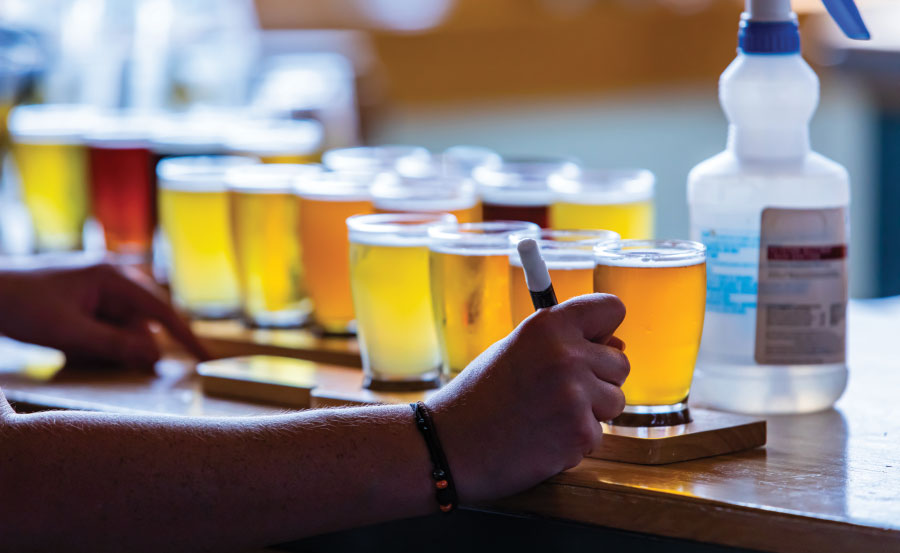
Rooke calls out another common mistake in spirits. “I find that most liqueurs and many flavoured spirits I judge are too sweet,” she said. “Dialed-back sweetness means flavoured products can be used in cocktails as well as consumed on their own, which is a more versatile product.”
And there is one other unfortunate fault that doesn’t only hurt an entry, but the judges, too. “Every competition, we’ll try beers that are truly exceptional, but have been entered into the wrong category,” said Richard. “For that reason, we can’t put it forward. It’s tragic.”
Getting creative
Experimental categories offer an opportunity to showcase your creative side, but they come with a caveat: Unique ingredients should complement, not mask, the core qualities of your product.
“Even when I’m judging a very strong or unusual spirit – from a garlic, hot-pepper or pickle-flavoured vodka to spiced rum – I still expect it to be balanced in its aromas, flavours and texture,” said Rooke. “Flavours or experimental ingredients probably can’t disguise a base spirit that is poorly distilled or blended.”
It came down to two beers. The one that wasn’t selected was technically perfect – it was clean, crisp and hit all the marks. But the Witbier, we couldn’t stop talking about it. It solidified a moment in time, and we knew we’d remember it long after the competition.
Lauren Richard, head judge of the 2024 Canada Beer Cup
Evolving trends
As consumer palates and preferences are changing, competitions are following suit – something Richard applauds.
“We’ve made a lot of changes to the Canada Beer Cup guidelines this year because of heavy shifts in trends, one of them being low alcohol [beers],” she said. “These trends are happening more frequently in the bars and we’re working to make more space for that in the competition sphere.”
Another shift MacLean has seen is the integration of environmental responsibility into judging criteria. Some competitions award additional points for certified organic or biodynamic practices, carbon neutral production or even innovative sustainable packaging.
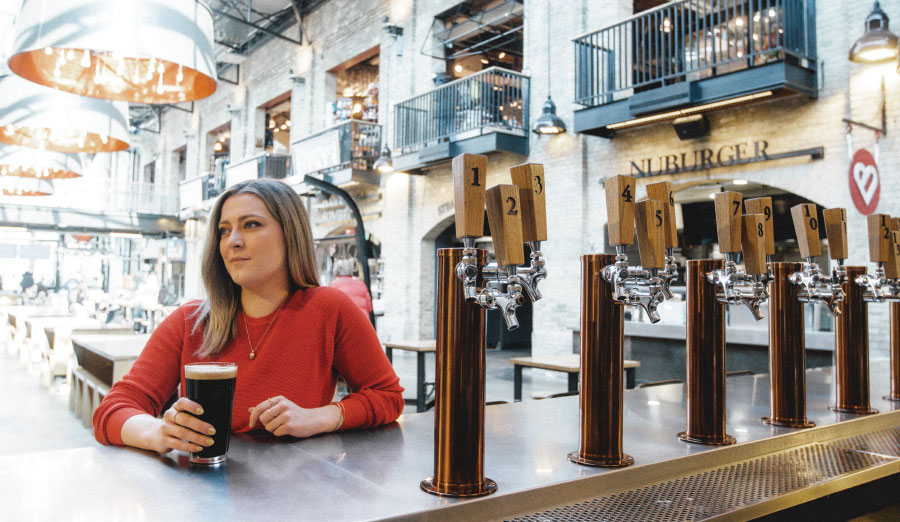
“What’s interesting is that this has pushed wineries to not only adapt to these practices, but also to perfect them,” she said. “We’re now seeing sustainable wines that don’t just compete with conventional wines – they outperform them.”
While these trends are exciting, there’s one attribute that’s always in style at competitions: Balanced, well-crafted products. “Balance has become the ultimate marker of success,” said MacLean. “I’ve seen technically perfect wines fail to win a medal because they were manufactured rather than crafted. They lacked the tension and energy that make a wine great. It’s not about sheer power anymore. It’s also about poise.”
Ultimately, whether it’s wine, spirits or beer, the principles of balance and craftsmanship hold true across the board.
“We want the beer to fit into the guidelines as much as possible. Some things don’t fit neatly into a box, and that’s okay – that’s why we have experimental categories. But the beer needs to be brewed cleanly, expressively and in a well-balanced way. It’s [about] the attention to detail – the cleanliness, freshness and using ingredients you believe in.”


